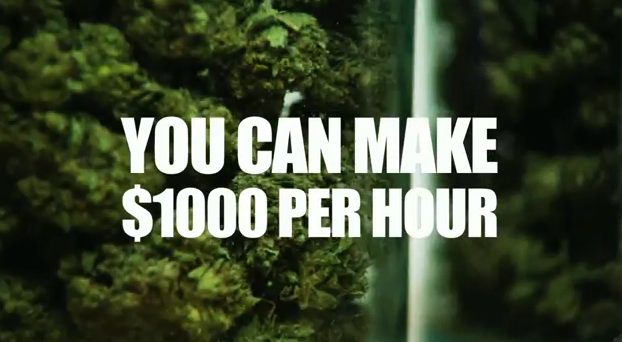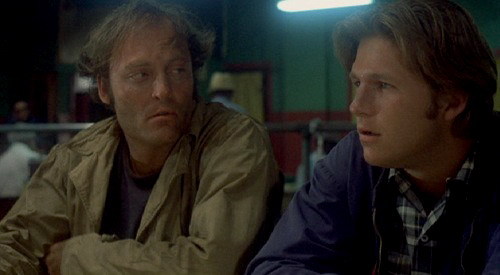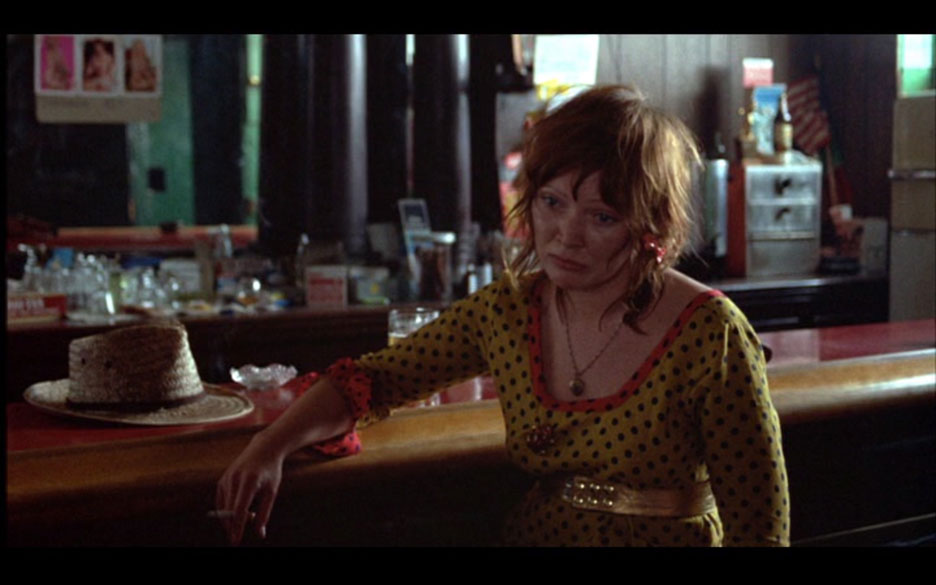
Filmmaker Matthew Cooke’s documentary How to Make Money Selling Drugs is a dispassionate critique of the Drug War. Using the How To format as an attention grabber, Cooke presents the job opportunities in illegal drug commerce as rational economic decisions How much money can you make as a street dealer? As a drug smuggler or kingpin? What is the risk that you will need to defend your product inventory from a violent robbery? What are the risks that you will be incarcerated? How do those risks change if you are African-American?
The talking heads are former industry insiders, ranging from former street dealer 50 Cent to big league smuggler Brian O’Dea and notorious LA druglord Freeway Rick.
How to Make Money Selling Drugs is effective because Cooke generally strips away the value judgements and lets the audience draw its own conclusions, balancing out the risks and rewards. The final risk presented, that of addiction, is particularly sobering. (How to Make Money strays from this approach just once, with a Woody Harrelson diatribe.) I expect that most viewers will conclude that 1) drug dealing is not a great long-term career path; and 2) the Drug War has not been effective in reducing drug abuse or illegal commerce.
How to Make Money Selling Drugs is available streaming from Amazon, iTunes and Vudu.


